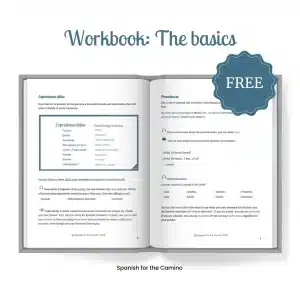
A conversation with Gary
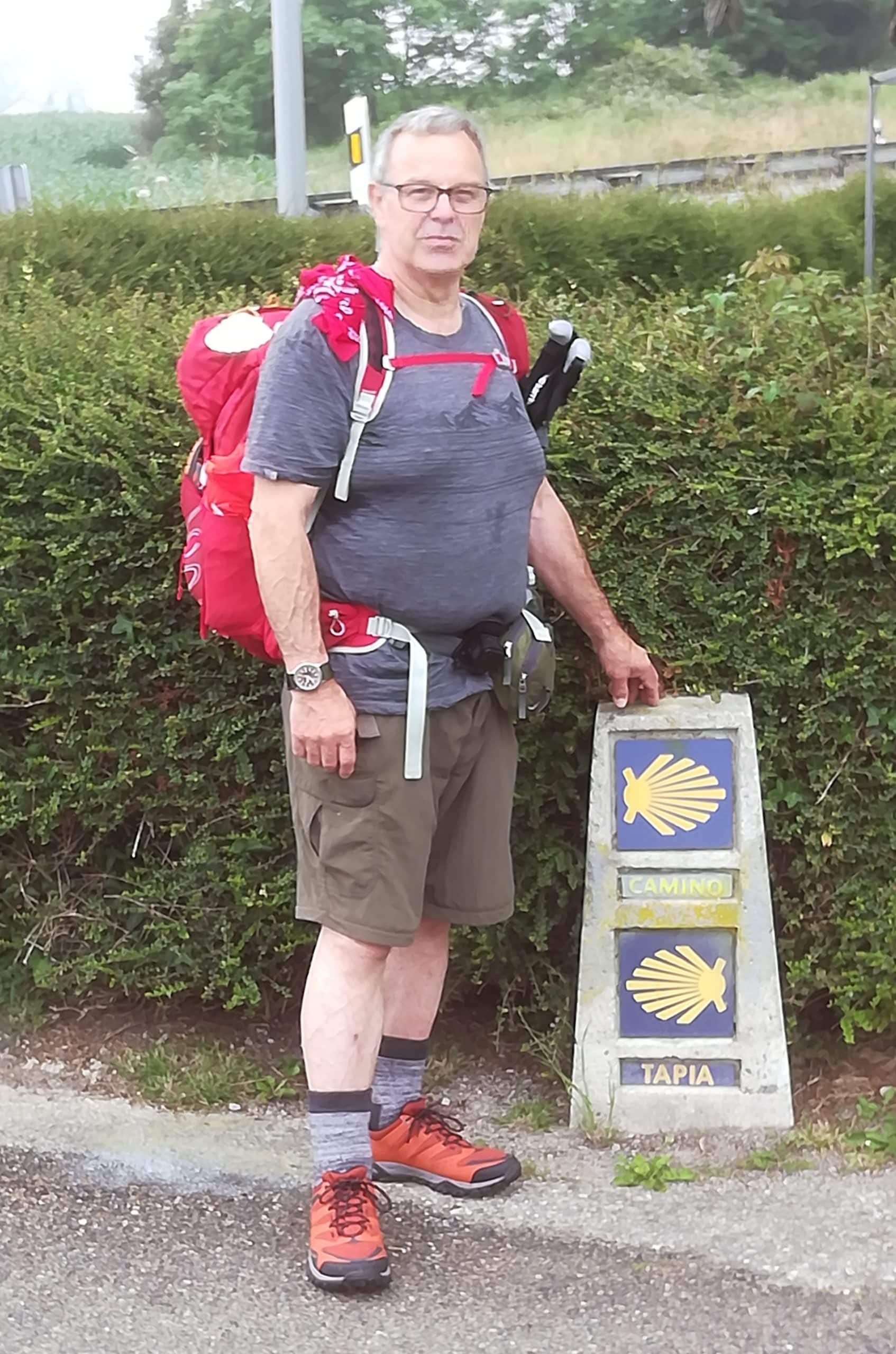
Please tell us a bit about yourself.
I am 63 years old, retired and I live close to Sheffield in Yorkshire in the North of England. I was a carer for my wife for many years, until she sadly passed away. Being pretty much housebound during those years left me very unfit and losing my wife caused me a lot of mental and emotional stress. I was diabetic, on over 200 units of insulin daily and I also had a pacemaker fitted. Following the death of my wife I took up walking, which gave me a real boost both mentally and physically.
When did you first hear about the Camino and when or why did you decide to do it?
I had never heard of the Caminos until I saw a TV programme that aired in the UK, following a number of celebrities as they walked sections of the Camino Francés. I joined a number of Forums and online groups and began to learn more about the various Caminos.
My wife Diane was outgoing with a real zest for life. She loved the outdoors and in addition to being a Scout Leader for 15 years she was also a talented artist. A few weeks after her 50th birthday, Diane suffered a massive stroke which left her paralysed down her left side and blind in her left eye. This was a doubly cruel blow because Diane was left handed and she never mastered painting right handed.
Through all the pain and struggles, Diane never lost hope or her sense of humour, she fought to recover every minute of every day; unfortunately she never recovered and eventually passed away. I wanted to do something special in her memory and I think the Camino fitted the bill perfectly. Diane would have been really enthusiastic about this challenge and would have loved to do it herself. I discussed it with David Critchlow, a close friend, and we agreed to give it a go.
Tell us about your Camino.
We looked at the various options and eventually chose to walk the Camino Portugués in September of 2018. We only had limited time available to us and initially looked at starting in Tui but decided it would be more fitting to start the Camino Portugués actually in Portugal. We therefore began our walk across the river in Valença.
We were blessed with good weather every day and the scenery was stunning. Whilst we walked separately during the day we bumped into many of the same people most evenings so we formed a sort of loose knit community. I had never been to Spain before but the friendliness of the locals was fantastic. On one occasion we had taken a wrong turning and asked for directions from an old lady, who, instead of just giving directions, insisted on walking with us for 2 miles, on a very hot day, to ensure we were on the right path.
To say that we enjoyed our Camino would be an understatement. We had the bug and on returning to the UK we began to research our next Camino the very same day. Another bonus was that between the training and walking the Camino I lost 7st in weight and no longer need the insulin.
You then decided to become an hospitalero. Why?
During our research we discovered information about the Confraternity of St James, a UK based organisation dedicated to supporting Pilgrims. They manage 2 Donativo Albergues, one in Rabanal on the Francés, the other in Miraz on the Norte. Having met so many helpful hospitaleros on our Camino, we both agreed that this looked like an excellent way of giving something back.

How did you go about finding a volunteering opportunity?
We contacted the CSJ by email to enquire about volunteering opportunities. We were delighted to hear that they had an opening for this year, 2019. My eldest grandson Kane asked if he could join us, so we completed the application forms and the 3 of us attended a training session with the CSJ early in 2019; were accepted as volunteers to run the Albergue San Martín, for 2 weeks in Miraz, in July 2019.
We decided that instead of flying in to A Coruña and catching the bus to Miraz, that the 3 of us would fly to Avilés and walk the Camino del Norte from there to Miraz, which is exactly what we did. Again stunning scenery, great people and apart from one wet day we were again blessed by the weather.
How was your experience?
We were very grateful for the training we had received from the CSJ as on arrival in Miraz we were very much thrown in at the deep end. The previous team of hospitaleros departed for home just a couple of hours after our arrival.
The three of us eventually settled in to a routine that worked for us and for the pilgrims who stayed with us.
We met some truly inspiring pilgrims, ranging from the very young travelling with their families, to the very old; I believe the oldest pilgrim we met was an 82 yrs old lady walking with her granddaughter. One person who sticks in my mind is a young man from Texas, USA. He was carrying the biggest backpack I’ve ever seen, his pack literally weighed more than our 3 packs put together. He was carrying all of his personal possessions in his pack and upon completing the Camino he would be heading to Hungary, where he would be staying in a monastery for several months and assisting the monks to improve their brewing processes.
On completion of our time as volunteers we had to return to the UK but next September we plan to return to Miraz, where we will again volunteer for 2 weeks. After which we will finish walking the Camino del Norte in to Santiago, from there, catch the bus to Ferrol and then walk the Camino Inglés; we really have got the bug.


Did you learn any Spanish prior to the Camino/volunteering? Do you think knowing (or not) Spanish had any impact on your experience?
Prior to walking the Camino Portugués we had very little knowledge of Spanish. We had a couple of phrase books, watched a few videos on YouTube and listened to a couple of CDs. Although our use of the language was very rudimentary, it was very useful and the local people that we met appreciated that we made an effort and were very happy to assist in our learning and point out our mistakes, which was great. I think things would have been much more difficult had we not made some attempt to learn the language, however basic. We both also have a working grasp of German, which proved to be very useful because we met many German speaking Pilgrims.
Having decided to volunteer as hospitaleros I thought that a better command of the Spanish language would be needed. I therefore began to learn basic Spanish at a local night school. This improved my use of the language a great deal and although it is still basic, it did prove to be very useful.
As hospitaleros in addition to dealing with the needs of the pilgrims, we had to converse with and negotiate with the local utility providers, local tradesmen and shopkeepers. Our use of Spanish is far from perfect but life would have been much more difficult without it. My grandson found that not speaking any Spanish did tend to isolate him somewhat whilst we were running the Albergue.
Gary’s words and phrases
¿Cuánto es? – how much is it?
La hora de salida – check out time. this literally means “time of departure”, so you can also use it for trains, buses or planes.
¿Dónde empezó? – where did you start?
La lavandería – laundry
El tendedero – clothes line
Por favor escríbalo – please write it down
¿Está lejos? – is it far?
Gracias por todo – thanks for everything
¿Hay camas libres? – are there free beds?
Quisiera – I would like
¿Cuánto es?
La hora de salida
¿Dónde empezó?
La lavandería
El tendedero
Por favor, escríbalo
¿Está lejos?
Gracias por todo
¿Hay camas libres?
Quisiera
Want more?
Make sure you don’t miss any posts or announcements by subscribing for free here. That way, when a new post is out, you will get it in your inbox. And… you get access to exclusive content too.
¡Buen Camino!
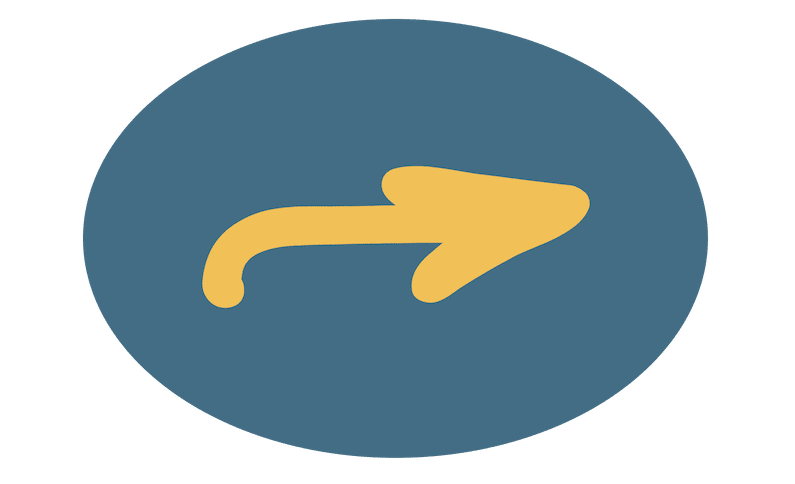
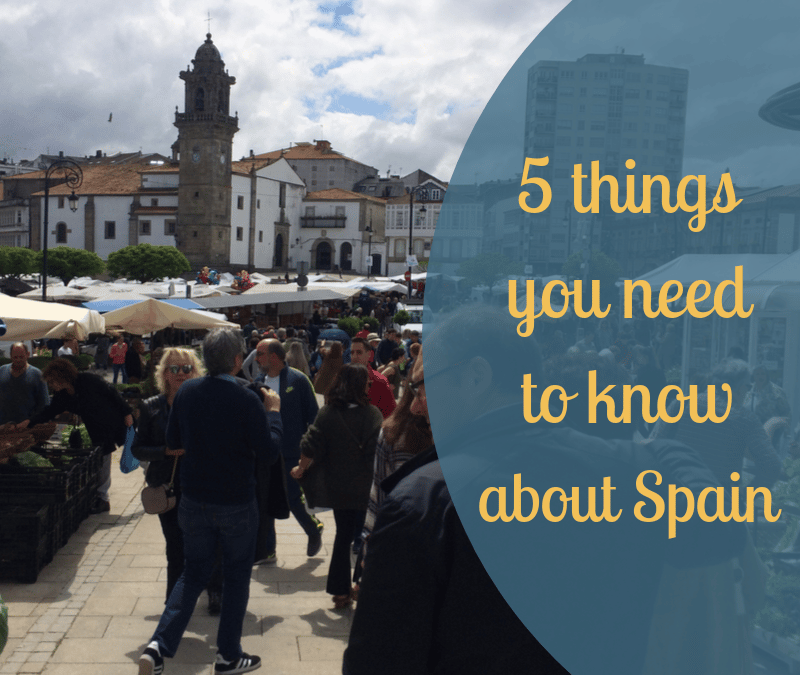





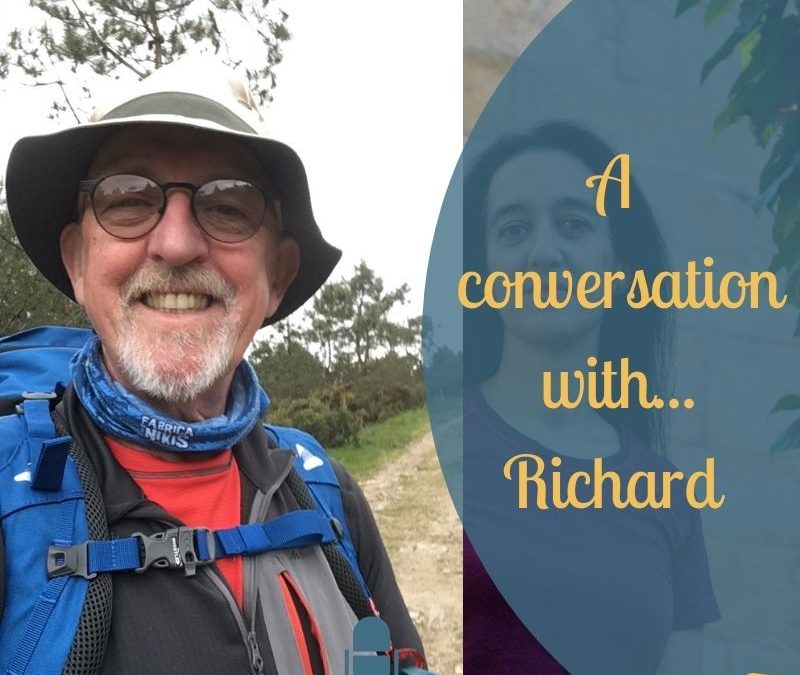



 I live outside Portland, Oregon in the US. I moved here two and a half years ago from Seattle after taking an early retirement and now I have plenty of time to travel! This part of the US, the Pacific Northwest, is beautiful and I love living here. Seventy miles west of us is the Pacific Ocean and 70 miles east of us is Mount Hood. We now live in a planned community where I can walk to almost everything I need. I feel very fortunate.
I live outside Portland, Oregon in the US. I moved here two and a half years ago from Seattle after taking an early retirement and now I have plenty of time to travel! This part of the US, the Pacific Northwest, is beautiful and I love living here. Seventy miles west of us is the Pacific Ocean and 70 miles east of us is Mount Hood. We now live in a planned community where I can walk to almost everything I need. I feel very fortunate.

